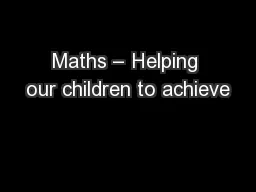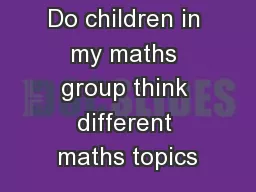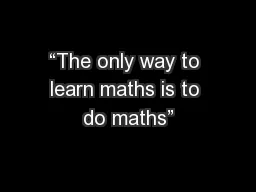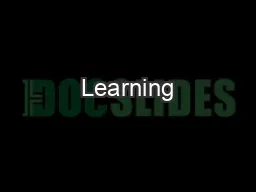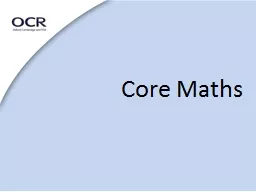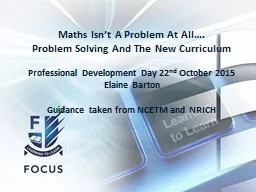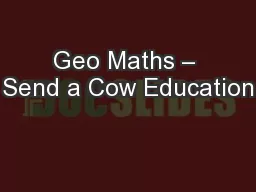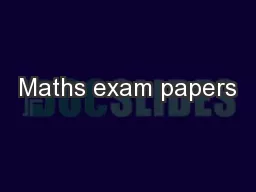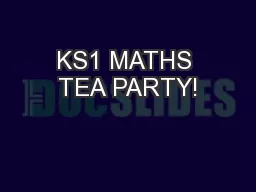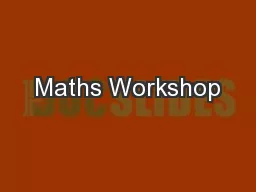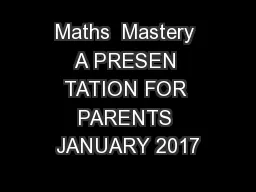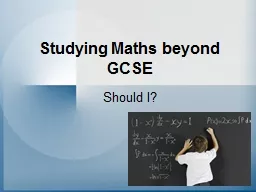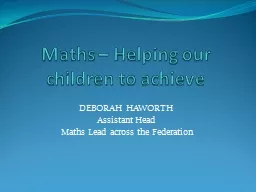PPT-Maths – Helping our children to achieve
Author : lois-ondreau | Published Date : 2017-09-08
DEBORAH HAWORTH Assistant Head Maths Lead across the Federation Aims of the session To outline some of the changes in the approach to maths teaching To share
Presentation Embed Code
Download Presentation
Download Presentation The PPT/PDF document "Maths – Helping our children to achiev..." is the property of its rightful owner. Permission is granted to download and print the materials on this website for personal, non-commercial use only, and to display it on your personal computer provided you do not modify the materials and that you retain all copyright notices contained in the materials. By downloading content from our website, you accept the terms of this agreement.
Maths – Helping our children to achieve: Transcript
Download Rules Of Document
"Maths – Helping our children to achieve"The content belongs to its owner. You may download and print it for personal use, without modification, and keep all copyright notices. By downloading, you agree to these terms.
Related Documents

